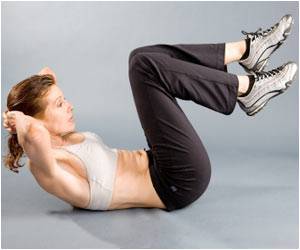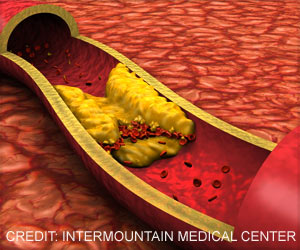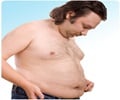Improving levels of physical activity both light and moderate could be almost as effective as rigorous regular exercise at preventing a major chronic disease.

TOP INSIGHT
It is imperative that future health guidelines recommend light physical activity in addition to more strenuous activity with the increasing baby boomer population in the US.
The 6,000 women in the study, ages 65 to 99, were followed for up to four and a half years. They wore a measuring device called an accelerometer on their hip around-the-clock for seven days while going about their daily activities. The study found that 30 minutes of light physical activity per day lowered mortality risk by 12 percent while an additional 30 minutes of moderate activity, such as bicycling at a leisurely pace or brisk walking, exhibited a 39 percent lower risk.
"Improving levels of physical activity both light and moderate could be almost as effective as rigorous regular exercise at preventing a major chronic disease," said LaCroix, chief of the Division of Epidemiology at UC San Diego School of Medicine. "We don't have to be running marathons to stay healthy. The paradigm needs to shift when we think about being active."
The study also found that the benefit of light physical activity extended to all subgroups examined, including different racial/ethnic backgrounds, obese and non-obese women, women with high and low functional ability and women older and younger than age 80.
"Older people expend more energy doing the same kinds of activities they did when younger, so their daily movement has to accommodate for this," said LaCroix. "Think of it as taking a pill (activity level) at different doses (amounts of time) depending on the age of the patient. It's not one size fits all."
"Our study shows, for the first time using device-measured light physical activity in older women, that there are health benefits at activity levels below the guideline recommendations. With the increasing baby boomer population in the United States, it is imperative that future health guidelines recommend light physical activity in addition to more strenuous activity," said LaCroix. "When we get up from the couch and chair and move around, we are making good choices and contributing to our health."
 MEDINDIA
MEDINDIA




 Email
Email









